About Daily Cusack
Blogs
- Rorate Caeli
- First Things blog
- Sancrucensis
- Ex Laodicea
- Millinerd
- American Conservative blogs
- Spoils of Egypt
- Sam Kriss
- Paraphasic
- Eunomia
- Irish Aesthete
- Classicist
News
- BBC News
- Daily Telegraph
- Spectator
- Catholic Herald
- First Things
- American Conservative
- New Criterion
- London Review of Books
- Frankfurter Allgemeine
- Neue Zurcher Zeitung
- ConservativeHome
- CapX
- Arts & Letters Daily
- Buenos Aires Herald
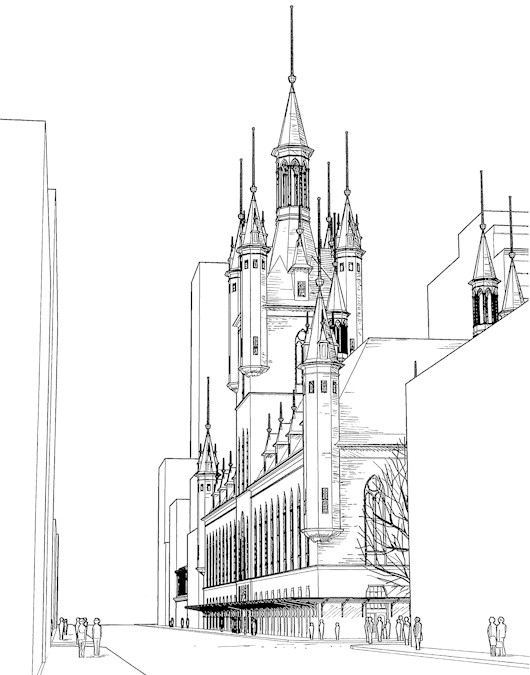
Christchurch, the oldest city in New Zealand, was known for its gothic cathedral before the February 2011 earthquake destroyed its spire. Modern architects, as voracious a species as ever existed, descended upon the city like a plague, declaring that everything traditional must be demolished and hideous glass hulks raised instead. They succeeded in convincing the city’s Anglican authorities to deconsecrate the cathedral (despite remaining mostly intact) and plans for its future remain vague.
Local architectural designer & engineer James Carr has come up with a proposal to build a central library for Christchurch on Cathedral Square. The design complements the gothic cathedral (or whats left of it) and would be a handsome addition to the city.
More whimsical perhaps is Mr Carr’s idea to build a gothic rugby stadium in Christchurch.
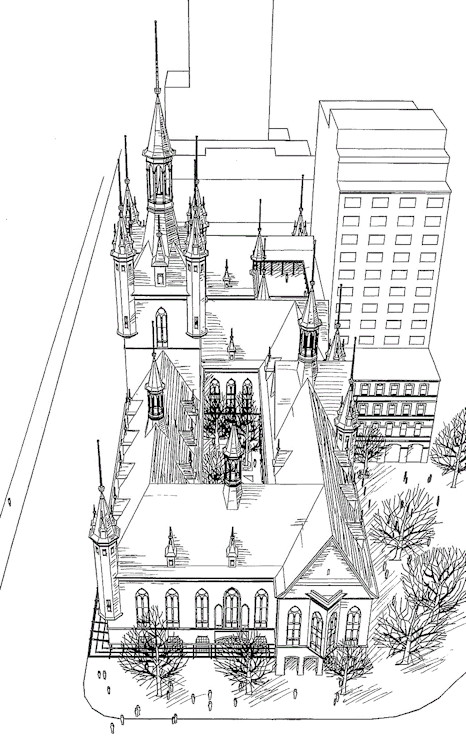
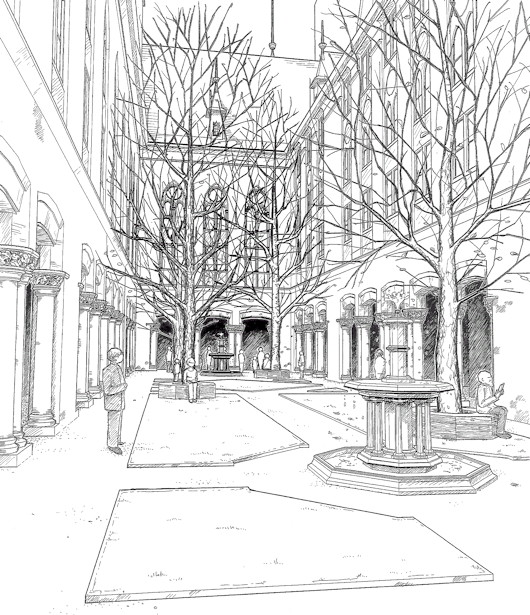

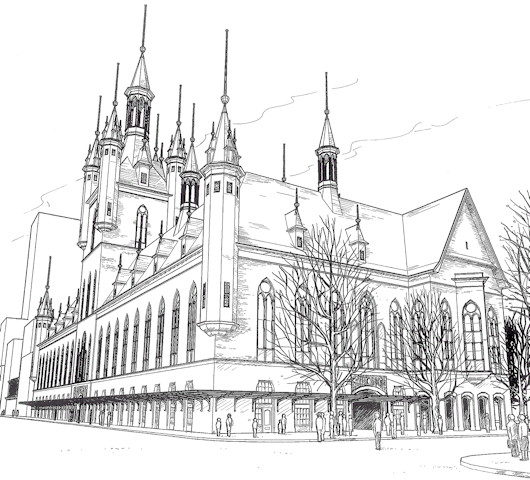


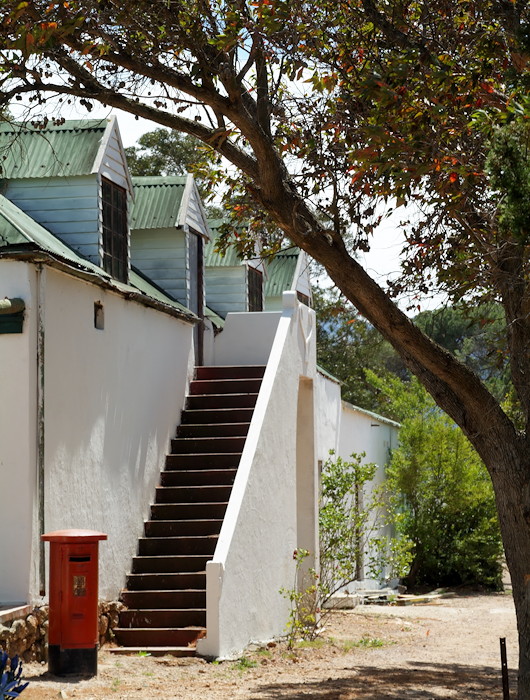
Suid-Afrika — ’n kleine bietjie van Hemel.


The Lib Dems are justifiably an unpopular lot, but their obvious defects aside one can find time to love a bare few of their number.
Sir Ming — sorry, Lord Campbell of Pittenweem now — will always be my favourite Liberal leader: captain of the Scotland team at the 1966 British Empire & Commonwealth Games, Chancellor of the University of St Andrews, as well as my MP when I lived in the Kingdom of Fife.
The prize for favourite unsuccessful Liberal candidate goes to my former tutor, the arch-monarchist Rt Rev Dr Ian C Bradley, who contested Sevenoaks for the Liberals at the February 1974 general elections. (Incidentally, the seat was later contested by Tim Stanley for the Labourites in 2005.)
But I also have to confess I’ve always rather liked Nick Clegg. While the overwhelming majority of politicians are mediocre, he enjoys the élan of a continental mediocrity rather than a more English strain. In fact, Nick Clegg’s incredibly boring and voter-friendly English name disguises a polychromatic background. On his father’s side he is descended from the Engelhardts (a Russian noble family of Baltic-German ancestry) and is indeed a distant cousin of Count Michael Ignatieff, leader 2009-2011 of Canada’s Liberal Party, while his mother is a Hollander of the Dutch East Indies. No surprise then that Clegg claims fluency in French, Dutch, German, and Spanish. What a waste he was as DPM: he would’ve made a decent Foreign Secretary.
I suppose as an inveterate cosmopolitan myself I must subconsciously find some strange affinity with this ex-leader of the Lib Dems. But chatting with my friend Roland the other day we decided that really the best thing about Clegg is not the man himself but his spectacular wife.
Being stylish, beautiful, Spanish, and Catholic, Miriam González Durántez manages to combine many wonderful and desirable qualities. She is also very obviously in charge. “Oh, Nicky darling, you are agnostic? How cute. The children are being raised Catholic.” And she looks great in Liberal yellow — not a colour every woman can pull off.
If the Lib Dems are looking to increase their vote-share and return to former prominence they could do worse than making Miriam leader. But then — with the exception of Leeds North West with its Chestertonian pro-life real-ale-and-trams-obsessed Lib Dem MP — this is a party unlikely to ever capture the Cusackian vote.

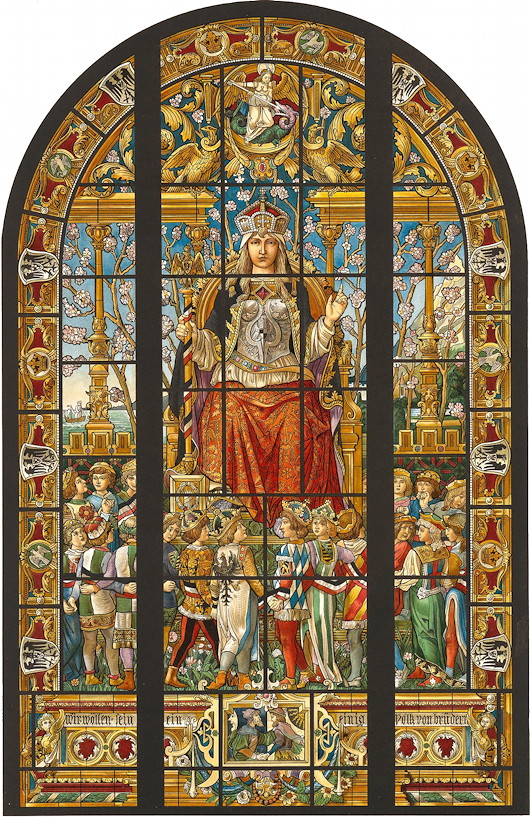
I’ve been reading Golo Mann’s History of Germany Since 1789 — cracking stuff.
This depiction of Germania, the personification of the German nation, was for a stained-glass window in the Reichstag building, built between 1884 and 1894 in Berlin and since 1999 home once again to the German parliament.


My old desk when I was working at The New Criterion in New York.
The bottle of Pimm’s — a gift from “Mr & Mrs Peperium” — was, alas, knocked over and broken by the cleaner.


The Church of St Mary Redcliffe in Bristol was famously described by Elizabeth Tudor as ‘the fairest, goodliest, and most famous parish church in England’.

The Feudal Times & Reactionary Herald
As newspapers go, the Feudal Times and Reactionary Herald is devilishly difficult to obtain. Its coverage of internal squabbles within the Marxist-Lefebvrist faction of the Communist Party of Great Britain makes for compelling reading and it is likewise to be thanked for its sensitive reporting on the goings-on of various disenfranchised Indian princely families. Alas, I have never discovered whether it is possible to subscribe to this illustrious periodical, and a visit to the City of London address printed on its editorial page revealed only that the building had been bombed out during the Blitz and more recently redeveloped into a giant postmodern office block housing ‘management consultants’.
As is often the case in times of difficulty, it is not in the metropole but in the periphery one finds comfort. I am currently enjoying a few days in Wexford town (or Veisafjǫrðr as the Feudal Times & Reactionary Herald would doubtless call this old Viking settlement in Ireland). This very day I was enjoying a delicious pub lunch — stuffed chicken wrapped in bacon with peas and mash all united by a gravy of optimal viscosity accompanied by a locally brewed Schwarzbier — when I was delighted to discover next to me a copy of the illustrious title left by a previous punter. A few weeks old and already well-thumbed, it nonetheless included this thoughtful editorial regarding the recent Rhodes controversy in Oxford which our readers might, despite its pretentious prose, find interesting:
Ex Africa semper aliquid novii a Roman of old once noted. We have recently and from many quarters heard much criticism of Mr Ntokozo Qwabe — a Rhodes scholar from the late lamented Union of South Africa — concerning his call for the removal of the statue of Mr Cecil Rhodes (quondam Prime Minister of the Cape of Good Hope) from the High Street frontage of Oriel College, an institution much beloved by many of the readers of this newspaper.
As Mr Qwabe is one of those currently enjoying the fruits of Mr Rhodes’s rather typical largesse, he has doubtless left himself open to accusations of hypocrisy and ingratitude. Nonetheless, we believe a certain lassitude and forgiveness is called for in this case as recent utterances pouring forth from his loquacious tongue have proved more amenable hearing to ear-trumpets both feudal and reactionary. For we are informed the young scholar has a new target in his sights: the tricolour flag of the dreaded French Republic. Mr Qwabe has called for it to be banished from the streets and quadrangles of both town and university, deriding this “violent symbol” of a republican regime that has “terrorised innocent lives”. Such a forceful allusion to the regicides of 1793 is to be welcomed firmly.
True to their typical form, the tweeded, begowned, and enscarfed undergraduates of Oxford’s colleges have taken up Mr Qwabe’s plea. Already the blue-white-and-red flag which until recently hung from the Pierre Victoire restaurant in Little Clarendon St has been replaced by a lily banner. It is regrettable, though, that a screening of ‘Le roi danse’ at the School of Modern Languages resulted in intermittent street violence between roving bands of rival Legitimiste and Orleaniste students, egged on by Bonapartist townsfolk from working-class enclaves in Jericho and Cowley. (The biretta of an innocent Oratorian is believed to have been knocked off in the ensuing melee.)
Mr Qwabe may have arrived on these shores with plans for revolt and ‘transformation’ but it is clear that Oxford is having its usual desired effect on this bright young man. Tumult is giving way to torpor, and doubtless this Rhodes scholar will return to the happy land of the assegai and the rondavel a good deal more broad-minded and reactionary. We wish him well.


German typography and print design in the 1950s combined elegance and simplicity, as shown here in the front cover of Frankfurter Hefte, the political monthly founded by Eugen Kogon and others in 1946. (more…)

While the remarkable rebuilding and rehabilitation of Dresden is of a much more recent vintage, the historicist design of Haus Altmark (Herbert Schneider, 1953-1956) in that city is another good example of the Socialist Classicism of the DDR.
(c.f. Leipzig Opera House)


Something I constantly notice is that unembarrassed joy has become rarer. Joy today is increasingly saddled with moral and ideological burdens, so to speak. When someone rejoices, he is afraid of offending against solidarity with the many people who suffer. I don’t have any right to rejoice, people think, in a world where there is so much misery, so much injustice.
I can understand that. There is a moral attitude at work here. But this attitude is nonetheless wrong. The loss of joy does not make the world better — and, conversely, refusing joy for the sake of suffering does not help those who suffer. The contrary is true. The world needs people who discover the good, who rejoice in it and thereby derive the impetus and courage to do good. Joy, then, does not break with solidarity. When it is the right kind of joy, when it is not egotistic, when it comes from the perception of the good, then it wants to communicate itself, and it gets passed on. In this connection, it always strikes me that in the poor neighborhoods of, say, South America, one sees many more laughing happy people than among us. Obviously, despite all their misery, they still have the perception of the good to which they cling and in which they can find encouragement and strength.
In this sense we have a new need for that primordial trust which ultimately only faith can give. That the world is basically good, that God is there and is good. That it is good to live and to be a human being. This results, then, in the courage to rejoice, which in turn becomes commitment to making sure that other people, too, can rejoice and receive good news.

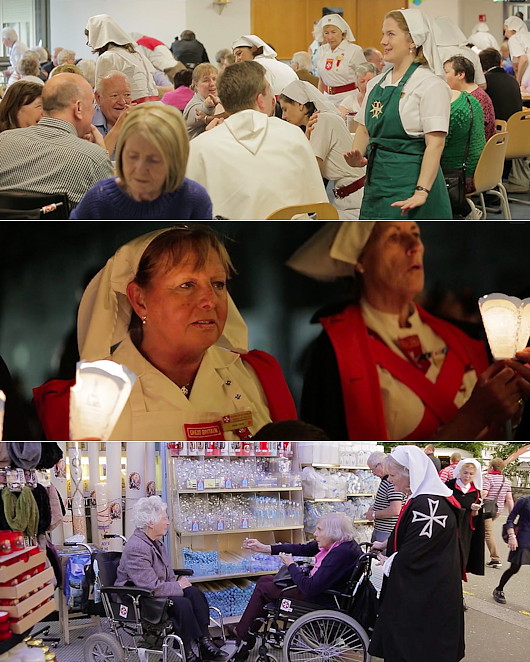
As today is the feast of Our Lady of Lourdes — and consequently the World Day of the Sick — here is the documentary we made regarding the Order of Malta’s annual pilgrimage to Lourdes each May.

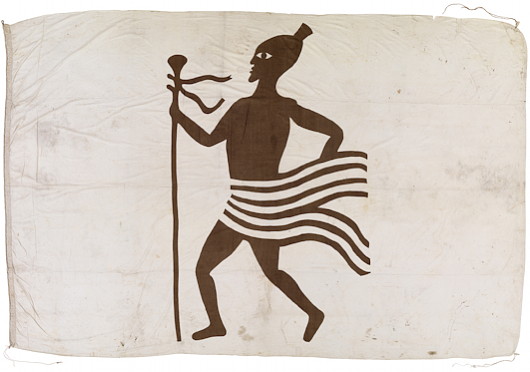
c. 1862-1866; hand-sewn cotton; 9 ft 2 in x 15 ft
Greenwich, London
The simple image of an African, garments aflutter, on a plain background provides a strikingly modern design as the commercial emblem of a firm engaged in the trade in human misery.
This flag was captured by Commodore Arthur Eardley-Wilmot while on anti-slavery operations off West Africa and given to his friend William Henry Wylde who supervised anti-slave-trade efforts at the Foreign Office in Whitehall.
The eradication of the slave trade is arguably the greatest peacetime achievement of the Royal Navy as well as powerful proof that the supremacy of economics can be overcome and made subject to morality. This is not just a possibility, but a necessary precondition for any humane and civilised order in society.


